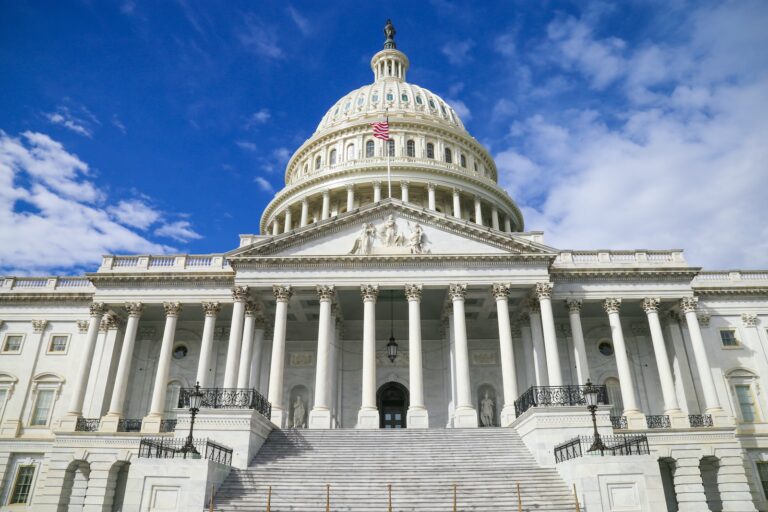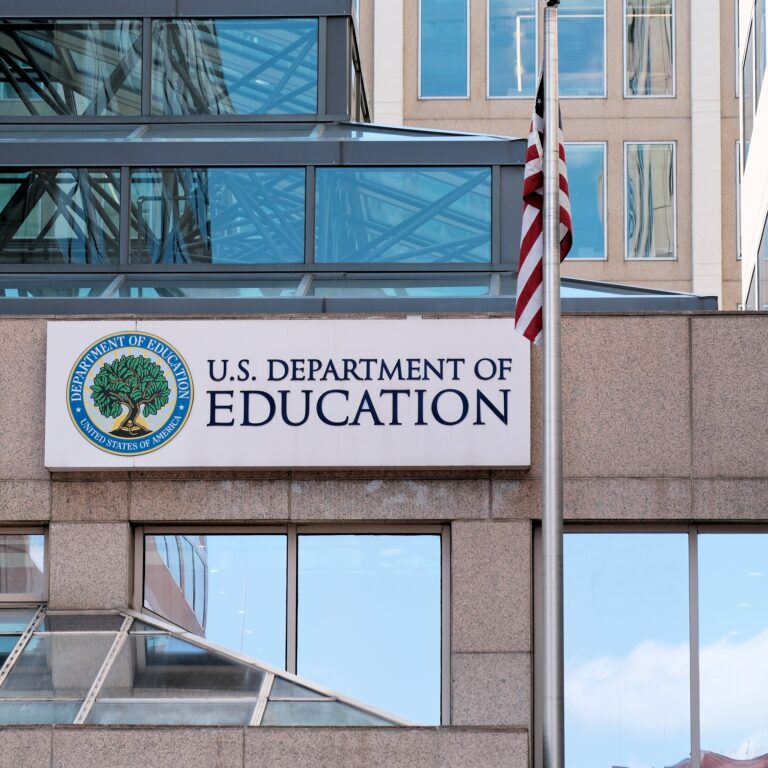On June 9, the Senate Committee on Health, Education, Labor and Pensions (HELP) released text for the “Big Beautiful” budget reconciliation bill’s education provisions. As expected, the bulk of the committee’s text focuses on postsecondary provisions that more readily lend themselves to larger-scale savings.
The House version of the bill, H.R. 1 – One Big Beautiful Bill Act, which passed by a 215-214 vote on May 22, includes what are, arguably, the most significant changes to federal higher education law since the 2008 reauthorization of the Higher Education Act.
It is also worth noting that the Education Choice for Children Act (which establishes a tax credit-funded K-12 voucher program) is contained within the House budget reconciliation bill, as are changes to Section 127 of the Internal Revenue Code (which would index employer tuition assistance to inflation beginning in 2026). Because both of these important education provisions are creatures of the tax code, they fall under the jurisdiction of the Senate Finance Committee. We will not know if the Senate will include either provision until the Finance Committee’s legislation is final.
So, what’s in the Senate HELP version of the bill?
Workforce Pell (AKA “Short-term Pell”)
The text largely conforms to the version passed by the House, which would allow Pell grants for short-term programs, including those offered by for-profit and online programs. The Senate version also proposes new requirements for programs to demonstrate outcomes and creates a pathway for non-accredited programs to become eligible. As we’ve noted before, although short-term Pell has had several near-miss opportunities to be passed into law, it now seems its long journey toward enactment may be nearing the finish line.
Gainful Employment for All?
One of the major changes from the House bill is a new Senate accountability measure, which would require programs to meet an earnings threshold in order to remain eligible for federal loan programs. Undergraduate “degree” graduates must, for example, have a median earnings higher than the median high school graduate in their state. Graduate program graduates must have median earnings higher than the median bachelor’s degree graduate in their state in their field. Programs would lose eligibility if they fail this annual test twice within a three-year period.
- The measure is similar to the earnings threshold in the Biden administration’s Gainful Employment rule; however, rather than solely applying to for-profits and non-degree programs, the Senate test would apply to all institutions.
Other Notable Provisions
- Loan Limits: The bill would eliminate Grad Plus loans and cap unsubsidized graduate borrowing at $20,500 per year. It would also cap Parent Plus loans at $20,000 per student per year (with a $65,000 lifetime limit per student).
- Consolidation of Loan Repayment Programs: The bill text retains the House proposal to eliminate existing federal loan repayment programs (e.g., SAVE, PAYE, ICR, etc.) and replace them with one standard repayment program with fixed payments and one income-driven repayment plan.
- Pell Shortfall Fix: The bill adds additional funding to address the projected Pell shortfall for FY 2026.
- Limitations on ED’s Authority: The bill would prevent the Secretary of Education from issuing new regulations or actions that increase costs or subsidies in Federal Student Aid.
- Borrower Defense: Similar to the House-passed bill, this version would cement the first Trump administration’s Borrower Defense to Repayment regulations and repeal the Biden-era rules.
What did not make it into the Senate version?
Key provisions from the House version have been left out by the Senate, including:
- Pell Eligibility Changes: The Senate bill does not include hotly-contested House-proposed changes to full-time Pell eligibility (from 12 credit hours per semester to 30 credit hours per year). It also excludes a House proposal which would require students to attend at least half-time to receive Pell grants.
- Risk-sharing and Promise Grants: The bill excludes a controversial House proposal which would put institutions “on the hook” for a portion of unpaid student loan debts. It also excludes the “Promise Grant” program, which was married to risk-sharing and would reward institutions that enroll low-income learners in low-cost, high-earnings programs.
- Repeal of Gainful Employment and 90/10: While the bill includes the House proposal on Borrower Defense, it does not seek to repeal Gainful Employment or 90/10 regulations.
What’s next?
Now, we wait for the rest of the Senate committees to release bill text for programs within their jurisdiction. Once the remaining text is released, the bills will be packaged together into a single reconciliation package, which will be advanced to the Senate floor and voted on—likely by the July 4 recess.
Once the reconciliation package passes the Senate, congressional Republicans have a few options for getting the bill to President Trump’s desk:
- The House can simply pass the Senate-passed version which would send it to the President’s desk immediately, or
- Congress can establish a “conference committee” to resolve differences between the House and Senate versions before sending it to President Trump for final signature.
The last two budget reconciliation bills passed by Congress (the American Rescue Plan Act of 2021 and the Inflation Reduction Act of 2022) were both passed without a conference committee.
Go deeper: Our team will continue to track the budget reconciliation process along with Workforce Pell. Please reach out with any questions.
This article is sourced from Whiteboard Notes, our weekly newsletter of the latest education policy and industry news read by thousands of education leaders, investors, grantmakers, and entrepreneurs. Subscribe here.




